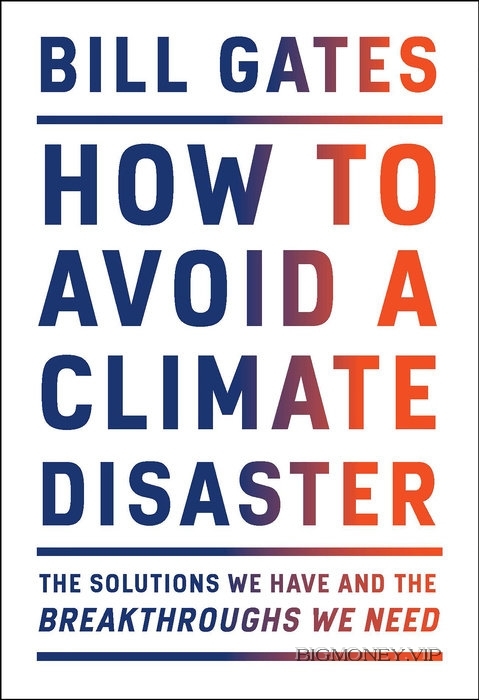
CHAPTER 1
WHY ZERO?
The reason we need to get to zero is simple. Greenhouse gases trap
heat, causing the average surface temperature of the earth to go up. The
more gases there are, the more the temperature rises. And once greenhouse
gases are in the atmosphere, they stay there for a very long time; something
like one-fifth of the carbon dioxide emitted today will still be there in
10,000 years.
There’s no scenario in which we keep adding carbon to the atmosphere
and the world stops getting hotter, and the hotter it gets, the harder it will be
for humans to survive, much less thrive. We don’t know exactly how much
harm will be caused by a given rise in the temperature, but we have every
reason to worry. And, because greenhouse gases remain in the atmosphere
for so long, the planet will stay warm for a long time even after we get to
zero.
Admittedly, I’m using “zero” imprecisely, and I should be clear about
what I mean. In preindustrial times—before the mid-18th century or so—
the earth’s carbon cycle was probably roughly in balance; that is, plants and
other things absorbed about as much carbon dioxide as was emitted.
But then we started burning fossil fuels. These fuels are made of carbon
that’s stored underground, thanks to plants that died eons ago and got
compressed over millions of years into oil, coal, or natural gas. When we
dig up those fuels and burn them, we emit extra carbon and add to the total
amount in the atmosphere.
There are no realistic paths to zero that involve abandoning these fuels
completely or stopping all the other activities that also produce greenhouse
gases (like making cement, using fertilizer, or letting methane leak out of
natural gas power plants). Instead, in all likelihood, in a zero-carbon future
we will still be producing some emissions, but we’ll have ways to remove
the carbon they emit.
In other words, “getting to zero” doesn’t actually mean “zero.” It means
“near net zero.” It’s not a pass-fail exam where everything’s great if we get
a 100 percent reduction and everything’s a disaster if we get only a 99
percent reduction. But the bigger the reduction, the bigger the benefit.
A 50 percent drop in emissions wouldn’t stop the rise in temperature; it
would only slow things down, somewhat postponing but not preventing a
climate catastrophe.
And suppose we reach a 99 percent reduction. Which countries and
sectors of the economy would get to use the remaining 1 percent? How
would we even decide something like that?
In fact, to avoid the worst climate scenarios, at some point we’ll not
only need to stop adding more gases but actually need to start removing
some of the gases we have already emitted. You may see this step referred
to as “net-negative emissions.” It just means that eventually, we’ll need to
take more greenhouse gases out of the atmosphere than we put in so that we
can limit the temperature increase. To return to the bathtub analogy from
the introduction: We won’t just shut off the flow of water into the tub. We’ll
open up the drain and let water flow out too.
I suspect that this chapter will not be the first place you’ll have read
about the risks of failing to get to zero. After all, climate change is in the
news just about every day, as it should be: It’s an urgent problem, and it
deserves every headline it gets. But the coverage can be confusing and even
contradictory.
In this book, I’ll try to cut through the noise. Over the years, I’ve had
the chance to learn from some of the world’s top climate and energy
scientists. It’s a never-ending conversation, because researchers’
understanding of the climate is always advancing as they incorporate new
data and improve the computer models they use to forecast different
scenarios. But I’ve found it enormously helpful in sorting out what’s likely
from what’s possible but not probable, and it has convinced me that the
How to Avoid a Climate Disaster: The Solutions We Have and the Breakthroughs We Need by Bill Gates




